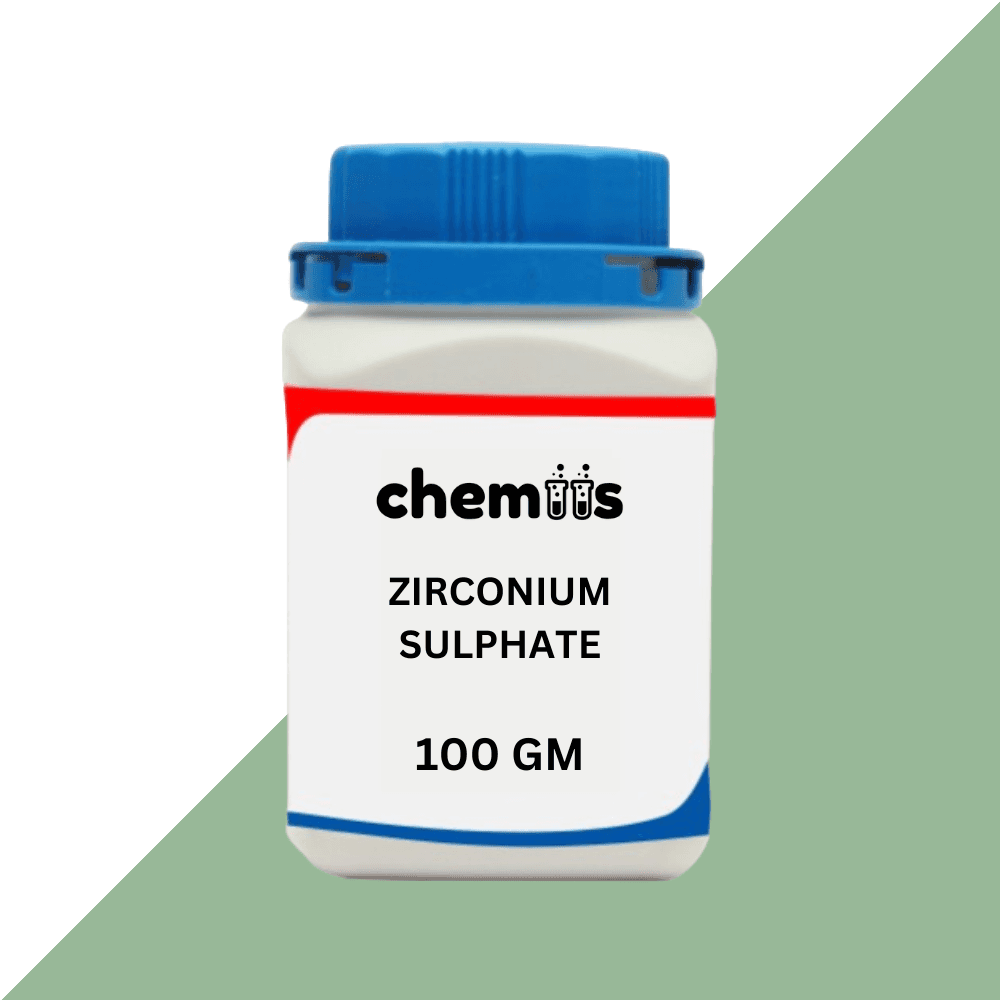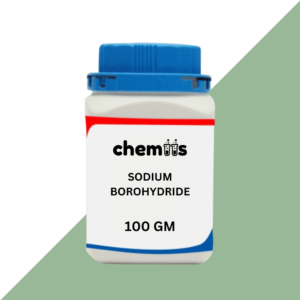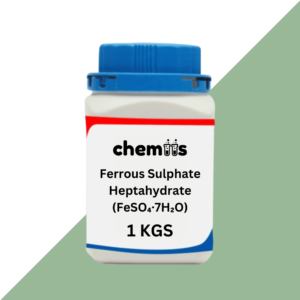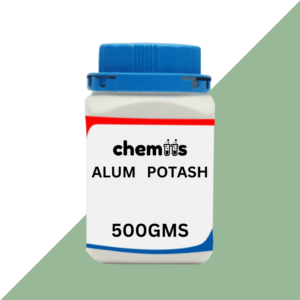Zirconium Sulphate (chemical formula: Zr(SO₄)₂·H₂O) is a highly soluble and stable zirconium compound widely used in industrial applications. Its excellent chemical stability and versatility make it a critical raw material in various industries such as textiles, ceramics, catalysts, and water treatment.
Applications of Zirconium Sulphate
1. Catalyst Production
- Catalytic Precursor:
- Used to produce zirconium-based catalysts for petrochemical, polymerization, and environmental applications.
- Acid Catalyst Component:
- Serves as a source of acidity in solid acid catalysts, enhancing catalytic efficiency.
2. Textile Industry
- Mordant for Dyeing:
- Zirconium Sulphate is used as a mordant in textile dyeing processes to fix dyes onto fabrics.
- Fabric Treatments:
- Improves the wash and wear properties of textiles by forming durable bonds with fibers.
3. Ceramics and Refractories
- Raw Material for Zirconia:
- A precursor for manufacturing zirconium dioxide (zirconia) used in advanced ceramics with superior thermal and mechanical properties.
- Glazing and Enamels:
- Adds opacity and enhances durability in ceramic coatings and enamel products.
4. Water Treatment
- Flocculant for Water Purification:
- Acts as a coagulant to remove impurities, ensuring clean and safe water.
- Corrosion Inhibitor:
- Provides corrosion protection for metals in water systems.
5. Corrosion-Resistant Coatings
- Metal Surface Treatments:
- Applied in anti-corrosion coatings to extend the lifespan of metallic components exposed to harsh environments.
6. Chemical Manufacturing
- Intermediate for Zirconium Compounds:
- An essential precursor for synthesizing zirconium-based chemicals such as zirconium oxychloride and zirconium acetate.
7. Environmental Applications
- Emission Control:
- Used in formulations for controlling industrial emissions and as part of scrubber systems.
8. Research and Development
- Material Science:
- Widely used in laboratories for developing advanced zirconium materials with specialized applications.
Safety and Handling Guidelines
1. Hazards and Precautions:
- Health Hazards:
- Inhalation: May cause irritation to the respiratory system.
- Skin Contact: Can cause irritation upon prolonged exposure.
- Eye Contact: Causes severe irritation; handle with care.
- Ingestion: Harmful if swallowed; seek medical assistance immediately.
- Reactivity:
- Stable under standard conditions but may react with strong reducing agents.
2. Personal Protective Equipment (PPE):
- Respiratory Protection:
- Use a dust mask or respirator to avoid inhaling fine particles.
- Eye Protection:
- Wear safety goggles or a face shield during handling.
- Skin Protection:
- Use protective gloves and long-sleeved clothing to prevent skin contact.
3. Storage Instructions:
- Store in a cool, dry, and well-ventilated area.
- Keep away from incompatible substances such as strong bases and reducing agents.
- Ensure containers are tightly sealed to avoid moisture absorption.
4. Spill and Cleanup Procedures:
- Small Spills:
- Sweep up material carefully, minimizing dust generation. Dispose of in accordance with local regulations.
- Large Spills:
- Contain the spill, collect material using suitable tools, and clean the area thoroughly.
5. First Aid Measures:
- Inhalation: Move to fresh air immediately. Seek medical advice if symptoms persist.
- Skin Contact: Wash affected area with soap and water. Remove contaminated clothing.
- Eye Contact: Flush eyes with water for at least 15 minutes and consult a physician.
- Ingestion: Do not induce vomiting. Drink water and seek immediate medical attention.
6. Waste Disposal:
- Dispose of waste in accordance with local, regional, and national environmental regulations.
Environmental Considerations
- Minimize accidental release into water systems to prevent contamination.
- Follow proper disposal practices to reduce environmental impact.








Reviews
There are no reviews yet.